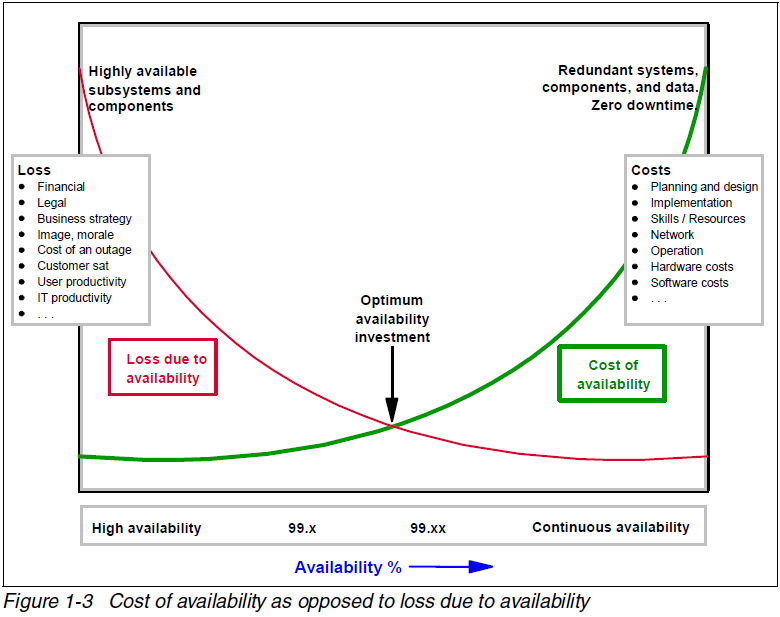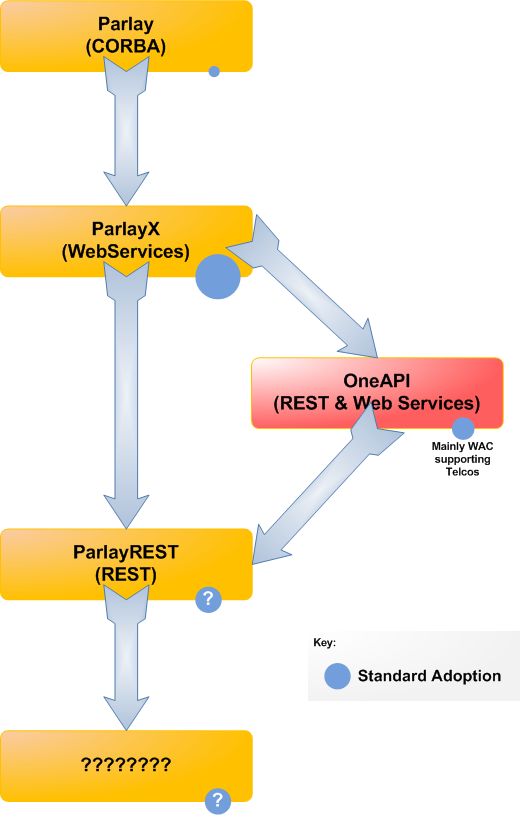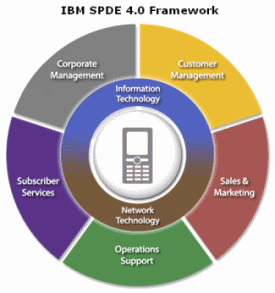Originally posted on 29Sep12 to IBM Developerworks (13,053 Views)
Last week, I was at the TeleManagement Forum’s (TMF) Africa Summit event in Johannesburg, South Africa. The main reason for me attending was to finish of my TMF certifications (I am level 3 currently) in the process framework (eTOM) – if I have passed the exam, I will be Level 4 certified. It was a really tough exam (75% pass mark) so I don’t know if I did enough to get over the line’. Regardless, the event was well attended with 200-230 attendees for the two days of the conference. It was interesting to hear the presenter’s thoughts on telco usage within Africa into the future. Many seemed to think that video would drive future traffic for telcos. I am not so sure. I n other markets around the world, video was also projected to drive 3G network adoption, yet this has not happened anywhere. Why do all these people think that Africa will be different? I see similar usage patterns in parts of Asia, yet Video has not take off there. Skype carries many more voice only calls than video calls. Apple’s Facetime video chat hasn’t taken off like Apple predicted. 3G video calls makes a tiny proportion of all calls made. Personally, I think that voice (despite it’s declining popularity relatively speaking in the developed world) will remain the key application, especially voice over LTE for the foreseeable future in Africa. I also think that social networking (be it Facebook, freindster, MySpace or some other African specific tool) will drive consumer data (LTE) traffic. Humans are social animals, and I think these sorts of social interactions will apply just as much in the African scenario as it has in others.






